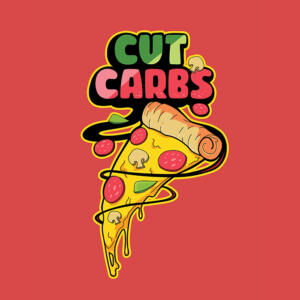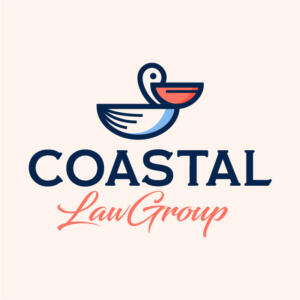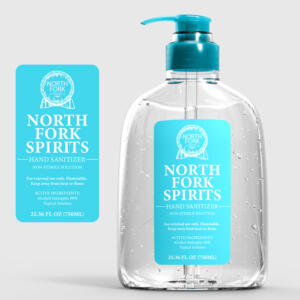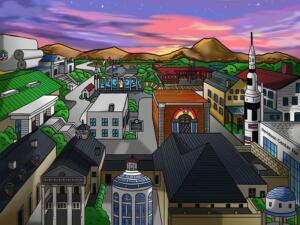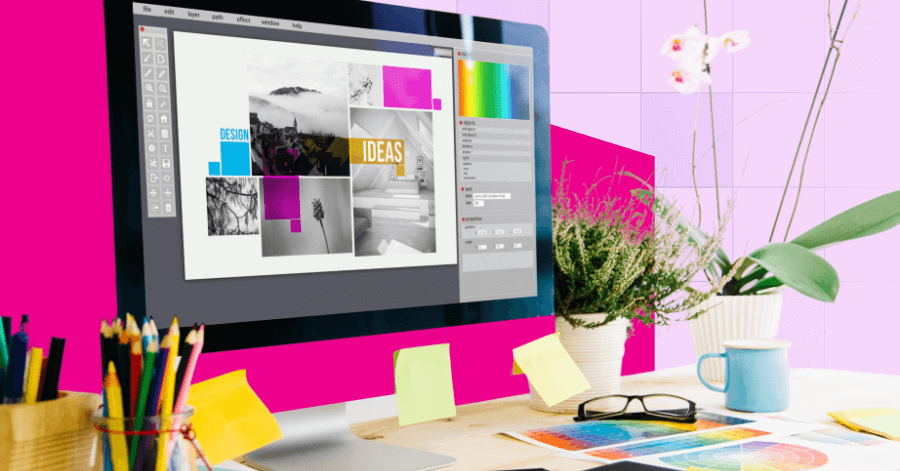
While we rarely notice what we see in our daily lives – that awesome package design, commanding billboard, and beautiful social media post—established entrepreneurs think otherwise. They understand and know the importance of graphic design. And so, they go to great lengths to have them professionally made. If you want to boost your brand’s visual assets, here are the different types of graphic design you need to use.
The Different Types of Graphic Design
To better understand how to use graphic design for your business effectively, you should learn about the different types of graphic design. The areas of specialization call for specific sets of skills to create designs that efficiently deliver your company’s message. Knowing this will help you get the right designers for the job.
Visual Brand Identity
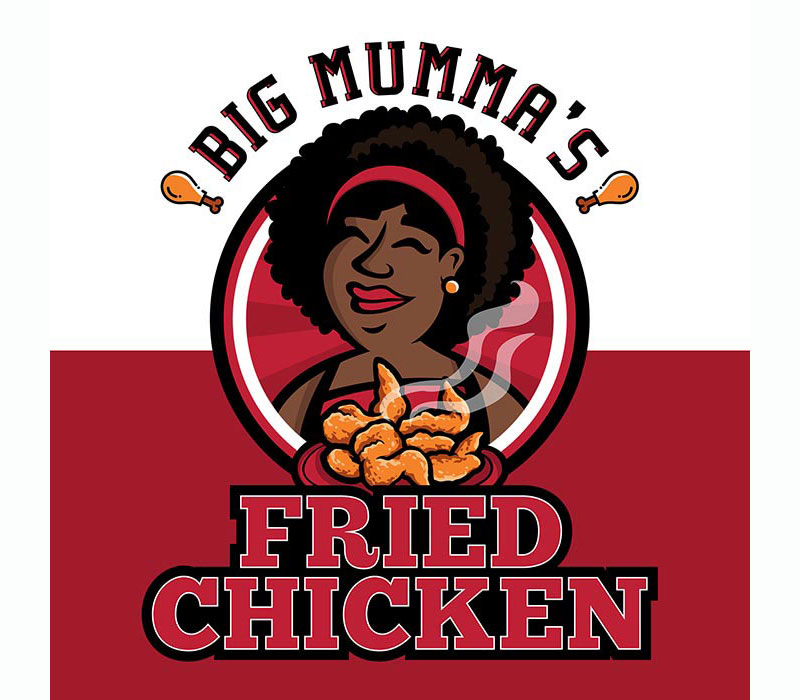
A valid brand identity is one that separates your business from the competition. It is your company logo, color palettes, typography, and many other elements that define who you are as a brand. It is the style guide that ensures consistency while dictating how people will see your brand personality.
More importantly, it goes beyond aesthetics. Your visual identity is your business’ strategic asset. When you build a cohesive identity, it builds trust, instills brand recall, and influences purchasing decisions—all these even before consumers hear or read from you. In this case, doing it right the first time helps leave a lasting impression and helps you stand out in a saturated market.
Marketing and Advertising
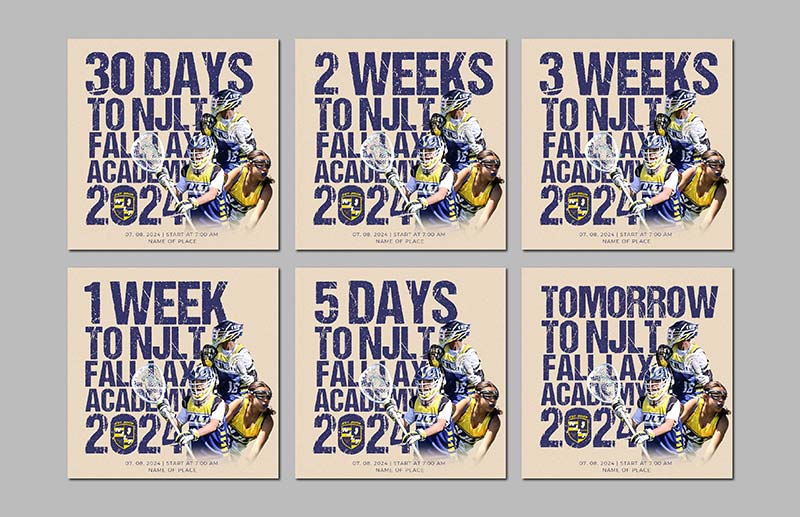
Getting the word around about your brand would be incomplete without the help of compelling graphic design. It is the heart of selling your brand to your target audience. Think of all the posters, billboards, and social media ads that you saw and made you check out the products.
With that said, marketing and advertising design isn’t all about looking good. It’s about conveying the right message at the right time, in the right way. Great design grabs attention, evokes emotions, and encourages your audience to do your desired action. These can be an increase in engagement, better click-through rates, and, ultimately, increased revenues.
Packaging
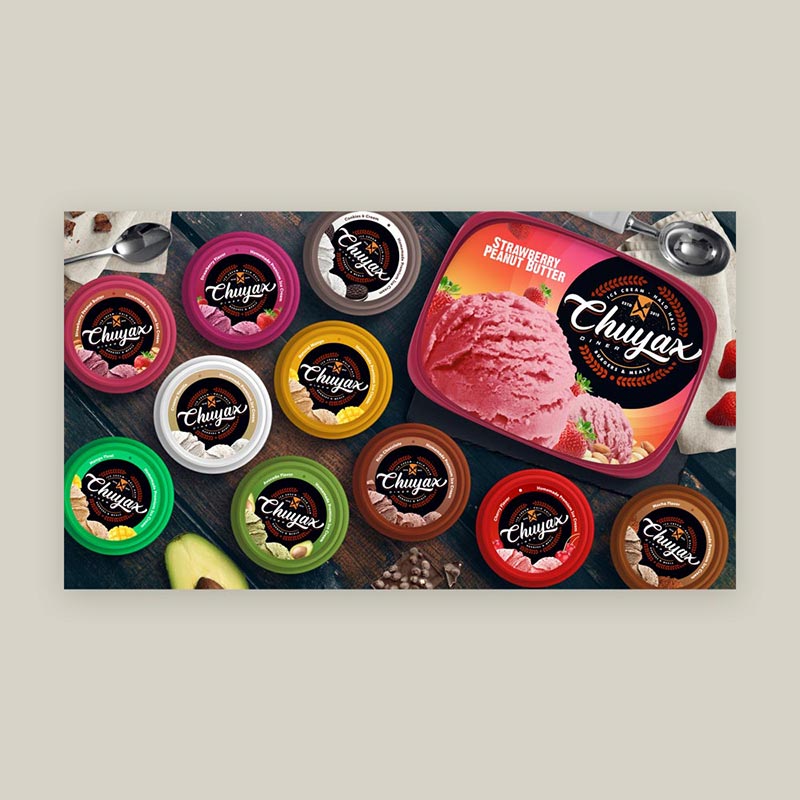
Another essential graphic design type is packaging and labeling designs. You’ll rarely find a product that’s bereft of any package or label. Packaging adds credibility and trustworthiness to a brand aside from providing uniqueness and exclusivity. Package design generates interest and entices consumers to choose it over the others.
For business owners, package design isn’t just a protective layer; it’s a silent salesperson. It’s typically the first interaction between your product and the consumer. This is why design is crucial—it can project your brand’s commitment to quality, its values, and even a lifestyle, one that influences buying decisions in an instant. It helps your brand stand out on a crowded shelf, boosts recognition, and possibly drives impulse buying.
Publication

Newsletters, magazines, catalogs, and books are just some of the examples where you’ll see the use of graphic design in publication. The primary purpose of graphic design is to communicate, and these are the best ways to do it. They say content is king, but great graphic design makes it more impactful.
Environmental
Newsletters, magazines, catalogs, and books are just examples of the use of graphic design in publications. The primary purpose of graphic design is to communicate, which are the best ways to do it. They say content is king, but outstanding graphic design makes it more impactful.
This is the reason publication design plays a significant role in presenting information. It can be your company’s brochure, annual report, or product catalog with visually structured content. All these can affect how your brand is perceived and understood. Doing it right means enhancing readability, guiding your readers’ attention, and strengthening credibility. You can use them to educate customers, promote services, and present data to support your brand story.
Website and User Interface
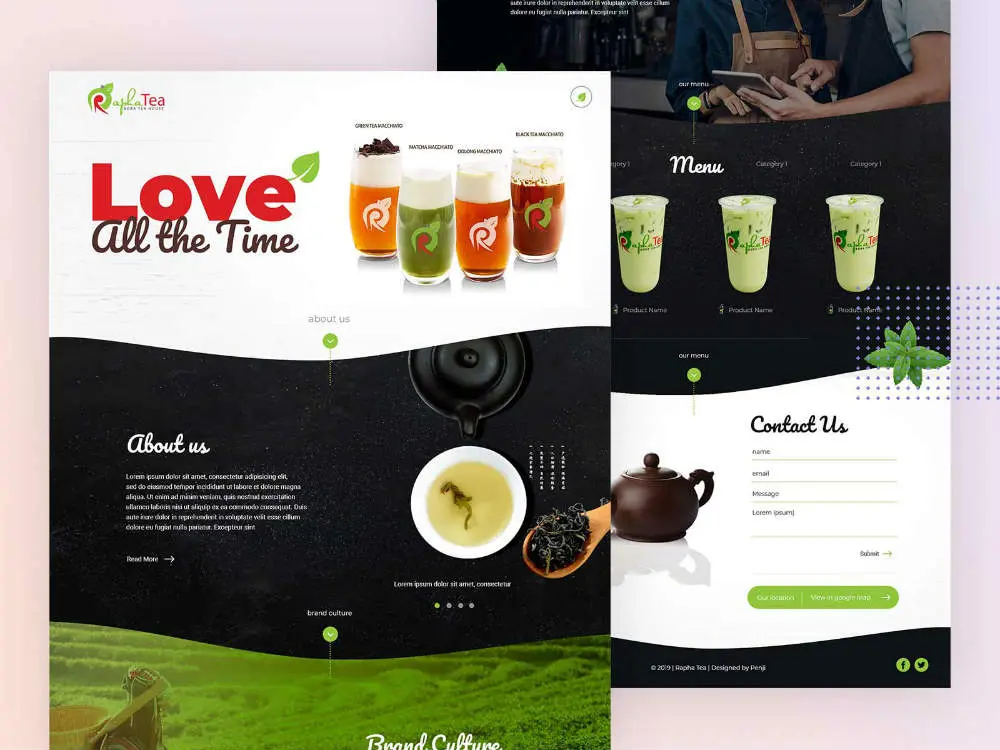
Environmental graphic design is the discipline that focuses on connecting people to places using architecture, landscape, interior, and industrial design, among others. These are what we commonly see as retail store interiors, signage, murals, public transportation navigation, and many others. Wayfinding, the art involved in helping people identify their location and the direction to go, falls under this category.
Most graphic design services use environmental design to improve not only functionality but also brand experience within a physical space. They can be ideal for retail stores, event venues, or public areas as they help reinforce brand identity, create memorable customer experiences, and influence behavior.
Motion Graphics
As the name suggests, motion graphics are graphic designs that are moving. Across multiple platforms, we frequently see ads, banners, typography, tutorial videos, or even images that are animated simply to catch our attention better. Again, improvements in technology have made motion graphics accessible to many, thus promoting its popularity even further.
Businesses looking to level up their social media presence will surely benefit from this powerful tool for engagement. Motion graphics is a wonderful blend of visual appeal with storytelling. They are perfectly suitable for explainer videos, animated social media ads, product demos, and many others. These can improve your digital presence, boost marketing campaigns, and drive conversions.
Illustration
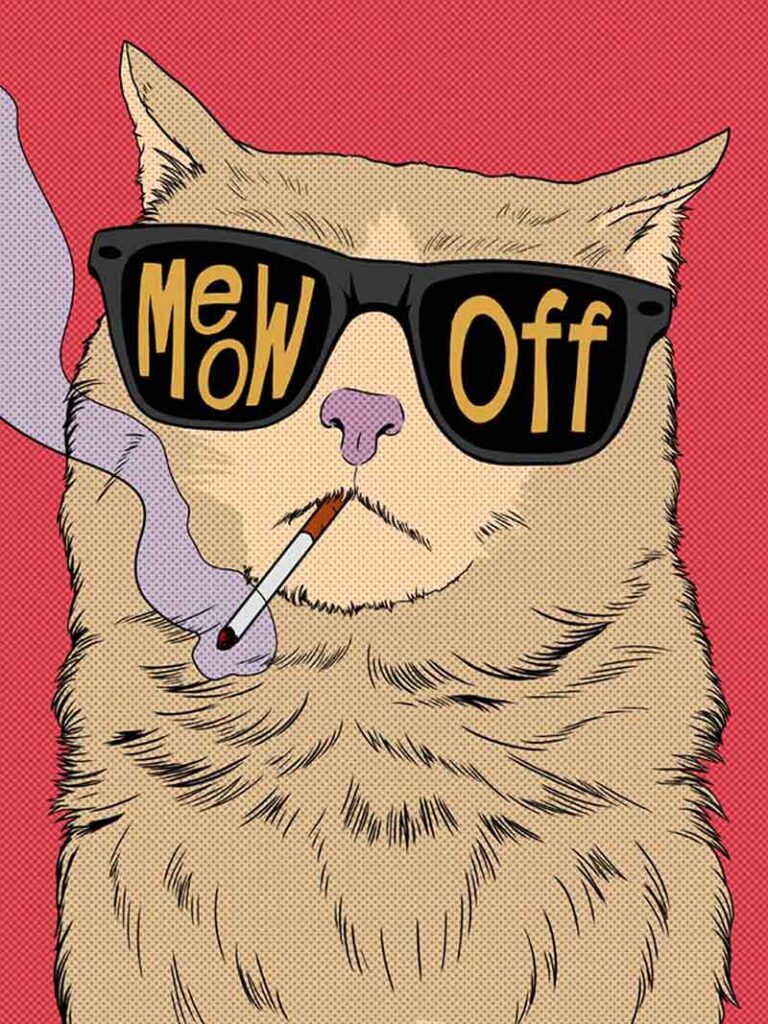
Art and illustration used as graphic design come in the form of book covers, infographics, video games, concept art, and so much more. Graphic designers have a different skill set than those who specialize in graphic art and illustration. So it’s important to know the difference between these two.
For entrepreneurs, custom illustrations provide an ultra-creative way to communicate brand personality. They can also effectively simplify complex ideas, more so capture attention. Stock illustrations may work but won’t do much for differentiation compared to custom-made ones. They are excellent options for use in websites, campaign launches, or creating educational content, among many others.
What Good Graphic Designs Have in Common
Learning to differentiate good graphic design from the bad dramatically helps in getting the best for your business. Much like a recipe for a favorite dish, these are the elements that make an excellent graphic design:
- Color
- Line
- Texture
- Size
- Space
- Value
- Shape
A combination of these elements creates a well-designed art to help build your brand, stand out from the competition, and increase awareness. However, what is graphic design without a reliable graphic designer? That brilliant logo or product label we see from established brands have been churned by professionals that live and breathe graphic design. Professional looking results only come from, well, the professionals.
Furthermore, there are hundreds of software and tools available to everyone willing to learn design. But there is no guarantee that the work will come out looking polished. Understanding the different types of graphic design can help your business project an image of authority, validity, and integrity. This can only be achieved by hiring a professional graphic designer.
Good Graphic Design Isn’t as Hard as You Think
Don’t let this information about graphic design overwhelm you. It’s actually pretty simple once you understand what graphic design is and what types you’ll be needing for your business. Also, accept the fact that a $5 logo won’t provide as much value as one that was done by an expert.
Likewise, another factor that makes some business owners think twice about getting help from professional graphic designers is their finances. For many, great graphic design equals tons of expenses. So, if the big-name brands can totally afford the best of the best, what about startups with a limited budget?
How Penji Can Help
Good graphic design need not break the bank. Penji offers unlimited graphic design services that allow small businesses and startups access to high-quality design at a fraction of the cost. For as little as $369 per month, you can have all the graphic design you want—logos, package design, t-shirt designs, and so much more. No contracts, no hourly costs, no surprise fees, just great graphic design from professional and experienced designers.
Watch our quick demo video here to learn more, or you can send your first design request by clicking on this link.
About the author

Celeste Zosimo
Celeste is a former traditional animator and now an SEO content writer specializing in graphic design and marketing topics. When she's not writing or ranking her articles, she's being bossed around by her cat and two dogs.

